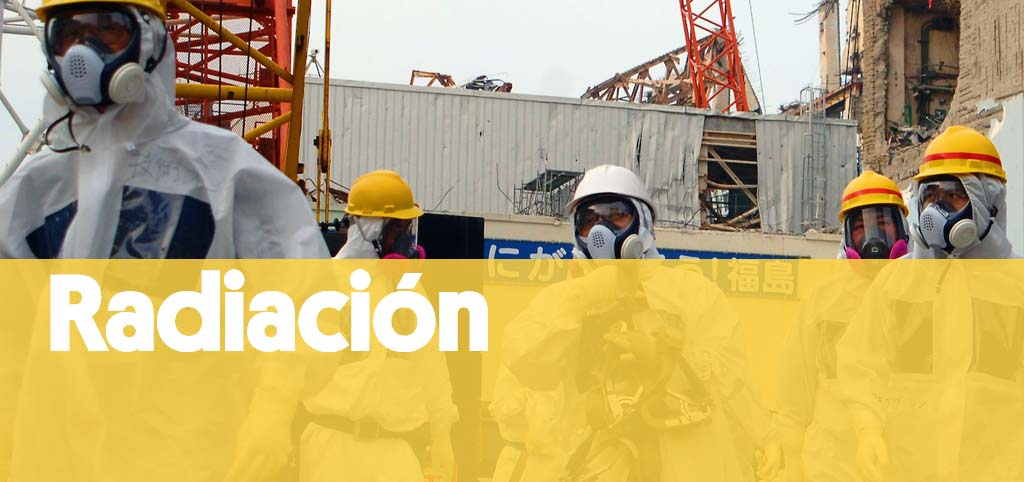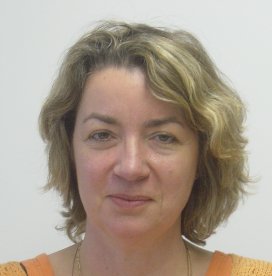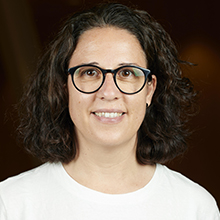MOBI-KIDS

- Duración
- 2009-2014
- Coordinador
- Elisabeth Cardis (ISGlobal)
- Financiadores
- Comisión Europea
Aunque la supervivencia ha mejorado considerablemente, la prevención de los tumores cerebrales es un objetivo importante, pero sigue siendo un reto.
Hasta ahora, poco se sabe sobre los factores de riesgo para los tumores cerebrales. Algunos de los factores (por ejemplo, la exposición a la radiación ionizante) y antecedentes familiares de cáncer del cerebro aumentan el riesgo de desarrollar tumores cerebrales. Otros factores ambientales (por ejemplo, la exposición a productos químicos, la nutrición durante el embarazo o la exposición a campos electromagnéticos, incluido el uso del teléfono móvil) pueden estar asociados con tumores cerebrales. Respecto a éste último, el uso de teléfonos móviles y otras tecnologías de la comunicación se ha incrementado dramáticamente en la última década, especialmente en los niños, y su papel en el desarrollo de cáncer cerebral en los jóvenes aún no se ha estudiado.
Uno de los problemas en el estudio de los factores de riesgo ambientales y el cáncer cerebral entre los jóvenes ha sido el número limitado de niños incluidos en los estudios anteriores. Aunque la frecuencia de cáncer cerebral puede haber aumentado en los jóvenes en las últimas décadas, sigue siendo una enfermedad poco frecuente, afortunadamente. Por tanto, se necesitan estudios internacionales para responder a estas preguntas.
Un estudio multicéntrico internacional en que participan expertos de 16 países europeos y no europeos se está llevando a cabo para examinar las posibles asociaciones entre el uso de dispositivos de comunicación y otros factores ambientales y el riesgo de tumores cerebrales. El estudio está financiado en parte por la Unión Europea.
Entre 2011 y 2014, cerca de 1.000 jóvenes de entre 10 y 24 años con tumores cerebrales, y un número similar de jóvenes sin tumor cerebral serán invitados a participar en el estudio. Se utilizará un cuestionario detallado, que cubrirá los factores demográficos, el historial de residencia y cuestiones sobre factores de riesgo en el medio ambiente, incluyendo el uso de los teléfonos móviles por jóvenes.
Los siguientes centros están implicados en la recogida de datos :
• Australia: MONASH University
• Austria: the Medical University of Vienna
• Canadá: the University of Ottawa
• Francia: the Association pour la Recherche Epidémiologique dans les Cancers de l’Enfant et de l’Adolescent and the Université de Lyon, Institut National de Recherche sur les Transports et leur Sécurité, Institut national de Veille Sanitaire, Unité Mixte de Recherche épidémiologique et de Surveillance Transports Travail Environnement
• Alemania: the Ludwig-Maximilians-University Munich
• Grecia: the National and Kapodistrian University of Athens
La India: Tata Memorial Hospital, Mumbai
• Israel: the Gertner Institute for Epidemiology & Health Policy Research
• Italia: the Università degli Studi di Torino
Japón: Tokyo Women’s Medical University
Corea: Dankook University College of Medicine
• Nova Zelanda: the University of Auckland
• España: ISGlobal, Fundació IMIM, Instituto de Salud Carlos III, University of Huelva and University of Valencia
• Taiwán: the National Taiwan University College of Public Health
• Los Países Bajos: Universiteit Utrecht
El apoyo a la evaluación de la exposición estará a cargo de Orange en Francia, Public Health England, la Universidad Metropolitana de Tokio y el Instituto de Investigación en Electrónica y Telecomunicaciones en Corea. El proyecto está coordinado por ISGlobal, Barcelona, España.
Nuestro equipo
Investigador principal (IP)
-
 Elisabet Cardis Research Professor
Elisabet Cardis Research Professor
Our Team
-
 Gemma Castaño Staff Scientist
Gemma Castaño Staff Scientist -
Ángela Zumel Marne
Otros proyectos
ENDOMIX
Understanding how endocrine disruptors and chemical mixtures of concern target the immune system to trigger or perpetuate disease
AM-MENTAL
¿Cómo afecta a tu salud mental que tu jefe o jefa sea un algoritmo?
PANAMA
Inhaled dose of air pollution - an integrative approach towards personalized air pollution exposure assessment in participants with and without respiratory diseases
e-QuoL
e-health tools to promote Equality in Quality of Life for childhood to young adulthood cancer patients, survivors and their families
B-Triage
Una prueba en el punto de atención para la estratificación del riesgo de los pacientes febriles basada en los niveles de sTREM-1
El microbioma intestinal y la disrupción circadiana
Un estudio epidemiológico molecular sobre enfermedades cardiometabólicas y salud mental
IHEN
International Human Exposome Network
EXPONIT
Analysing and studying how night shift work affects workers' circadian rhythms and health




